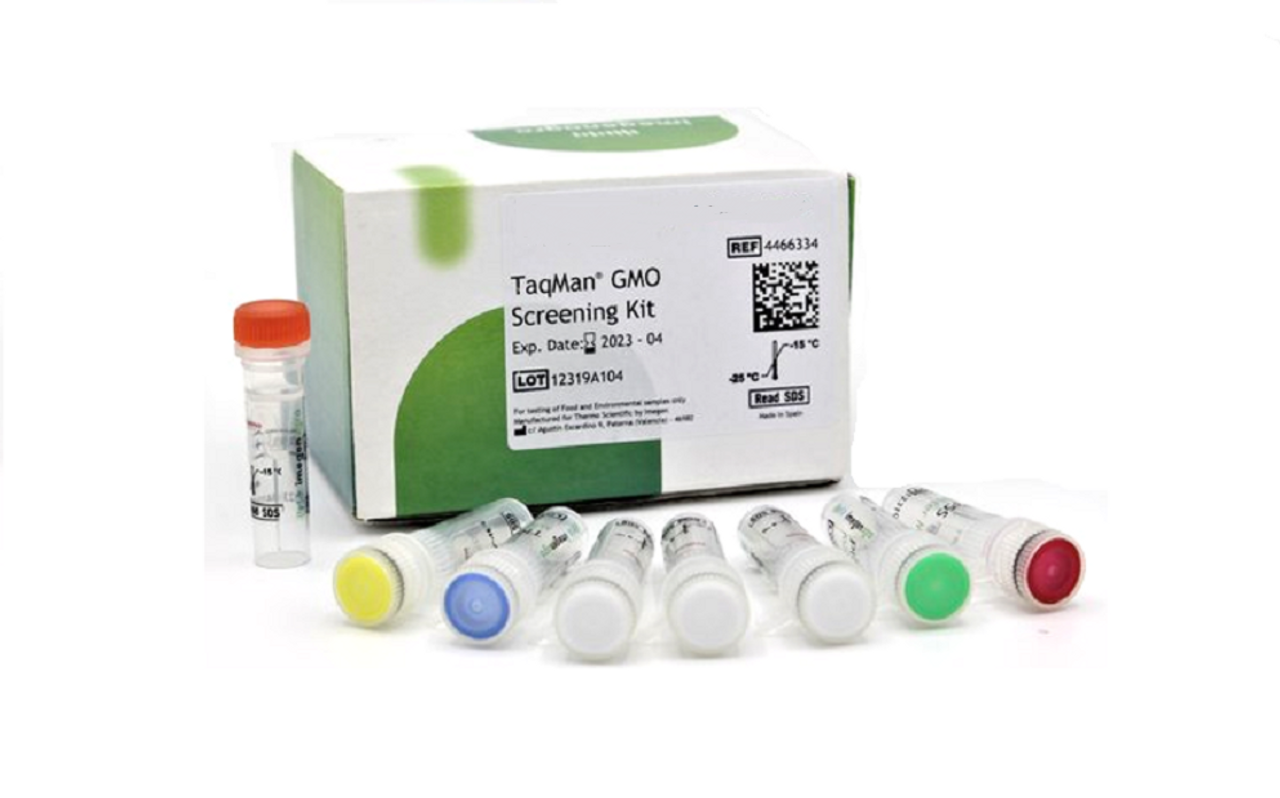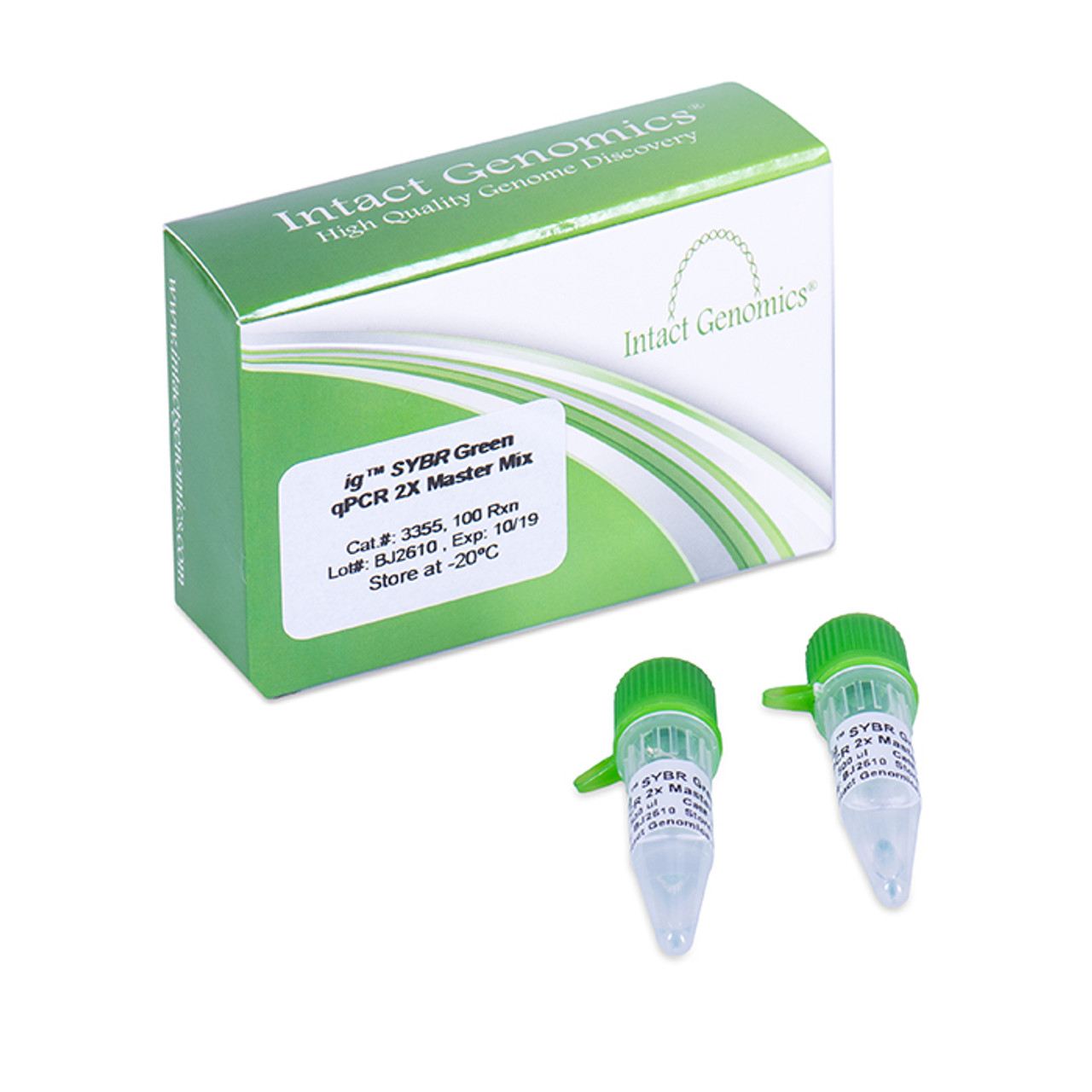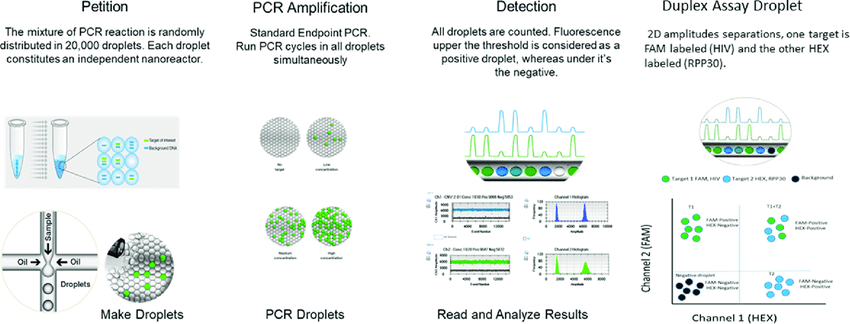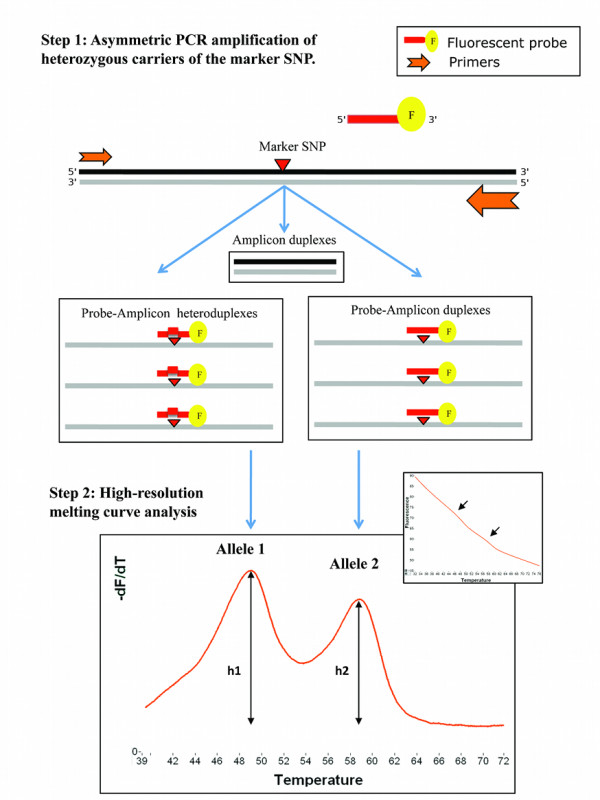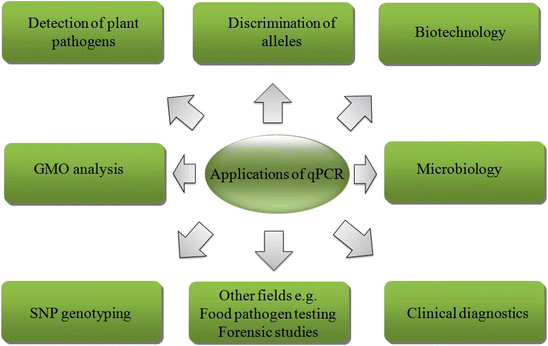Quantitative PCR (qPCR), also known as real-time PCR, is a cornerstone technique in molecular biology. This blog post serves as a technical resource, dissecting the principles, applications, and advancements of qPCR.
Core Principles of qPCR:
qPCR leverages the same fundamental tenets of conventional PCR: primer-directed amplification of a specific DNA fragment using Taq polymerase. However, qPCR integrates a fluorescent reporter molecule for real-time quantification of the amplicon during each cycle.
Detection Methods:
- TaqMan Probes: These hydrolysis probes exhibit high target sequence specificity. During extension, Taq polymerase cleaves the probe, releasing a fluorescent reporter, signifying successful amplification. Fluorescence intensity directly correlates with the initial amount of target DNA.
- SYBR Green Dye: This non-specific dye binds to all double-stranded DNA. As amplification progresses, more DNA becomes available for SYBR Green binding, resulting in a progressively stronger fluorescent signal.
Optimizing qPCR Experiments:
- Primer Design: Stringent in silico primer design is essential for specific and efficient amplification. Utilize PrimerBLAST ( https://www.ncbi.nlm.nih.gov/tools/primer-blast/ ) for optimal primer design.
- Standard Curve Generation: A standard curve, constructed using known concentrations of the target DNA, enables accurate quantification of the unknown sample based on its Ct (cycle threshold) value – the cycle at which fluorescence intensity surpasses a predefined threshold.
- Control Implementation: Employing positive and negative controls ensures reaction specificity and absence of contamination.
Advancements in qPCR Technology:
- Digital PCR: This innovative technique partitions the sample into numerous microscopic reactions, enabling absolute quantification of even rare target molecules.
- Multiplex qPCR: This method facilitates the simultaneous amplification and detection of multiple targets within a single reaction, enhancing efficiency and reducing costs.
- High-Resolution Melt Curve Analysis (HRM): HRM analyzes the melting behavior of PCR products, enabling the detection of single-nucleotide polymorphisms (SNPs) and mutations.
Diverse Applications of qPCR:
- Diagnostics: qPCR plays a central role in diagnosing infectious diseases, identifying genetic disorders, and monitoring minimal residual disease (MRD) in cancer patients.
- Gene Expression Analysis: qPCR allows for the quantification of mRNA levels, providing valuable insights into gene regulation and cellular processes.
- Gene Quantification in Transgenics: qPCR is instrumental in quantifying the copy number of transgenes integrated into the genome of genetically modified organisms.
- Food Science: qPCR can detect foodborne pathogens, allergens, and GMOs in food products.
The Future of qPCR:
The future of qPCR is promising, with ongoing advancements aiming to achieve even greater sensitivity, specificity, and multiplexing capabilities. Emerging technologies like microfluidics and next-generation sequencing have the potential to further revolutionize this cornerstone technique in molecular biology.
Learn more about the differences between TaqMan and SYBR Green in this video:
